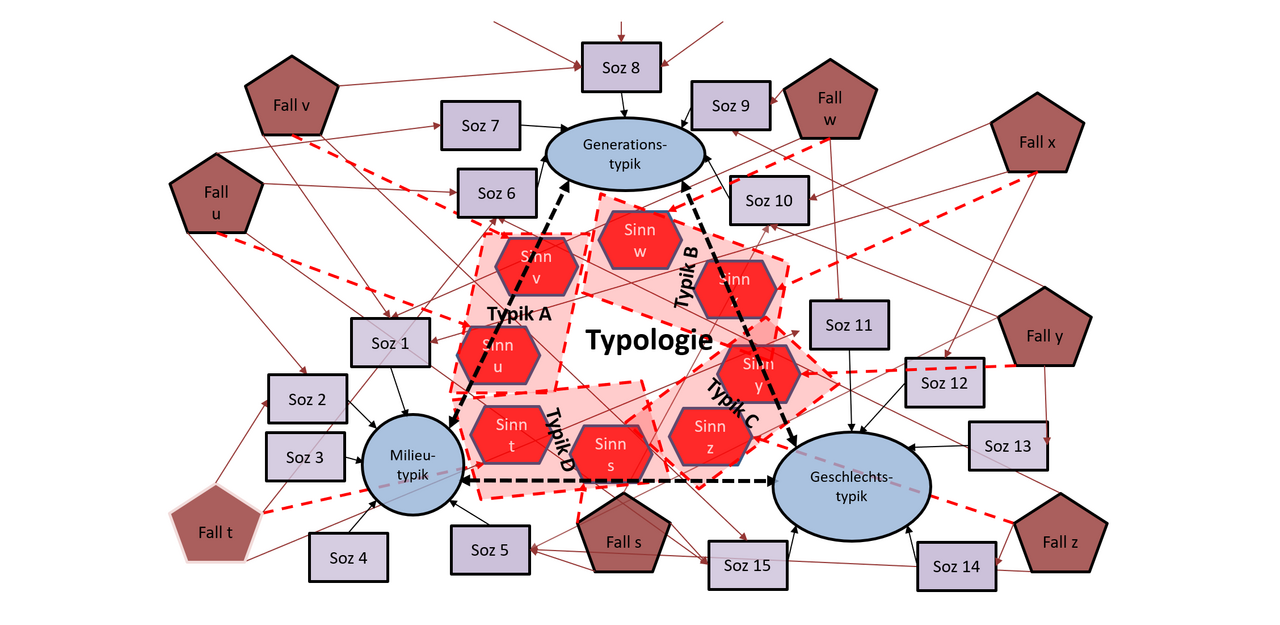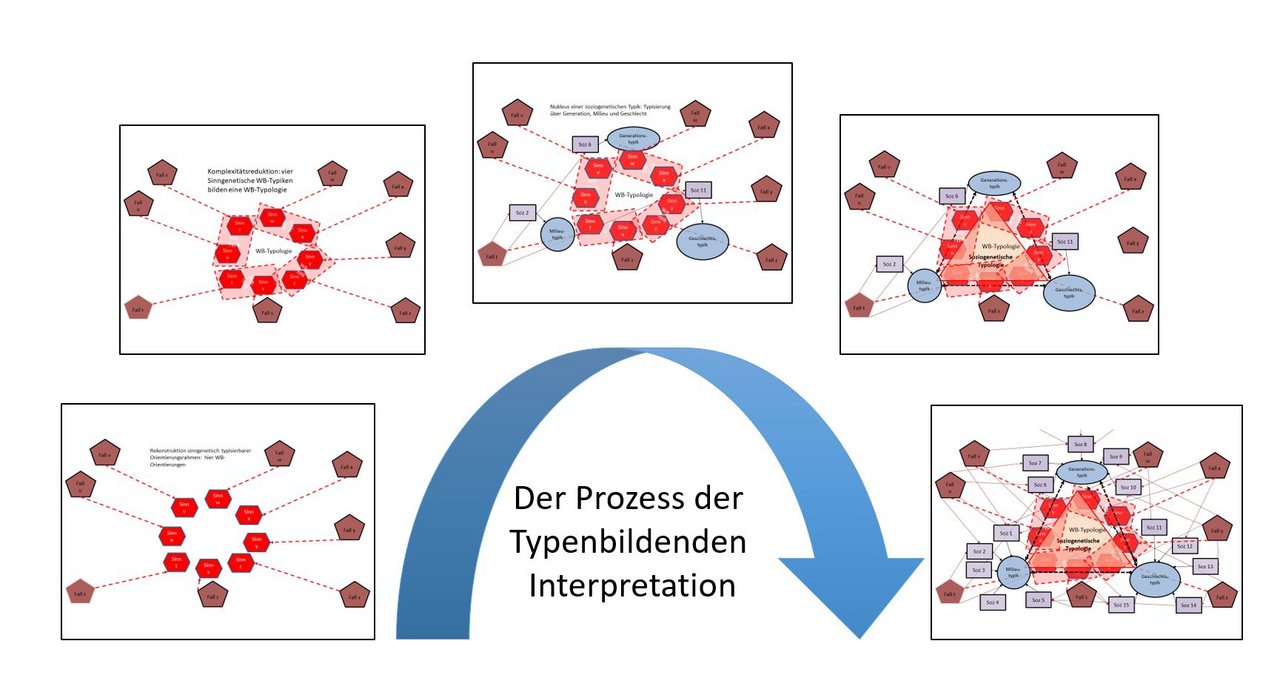You want to try out DokuMet QDA? Then take a look at the free trial version!
Qualitative-reconstructive research with DokuMet QDA
Interviews, group discussions, images, videos, observation protocols, and documents in one software package

The applications of DokuMet QDA
Who is DokuMet QDA aimed at?
DokuMet QDA is aimed at researchers from all social and cultural science subject groups who would like to work with the Documentary Method.
What are the capabilities of DokuMet QDA?
DokuMet QDA is being developed for the analysis of interviews, group discussions, images, ethnographic observation and documents and soon also for videos.
Developed for qualitative-reconstructive social research
DokuMet QDA is the first QDA software to enable qualitative-reconstructive analysis, i.e. a sequential, sense-reconstructive procedure in which the material is not coded but developed in its own logic.
More than content analysis
In contrast to conventional QDA software that relies on content analysis, DokuMet QDA enables a systematic analysis of the sequential construction of meaning structures using the Documentary Method.
The methods supported by DokuMet QDA include
Interviews, group discussions and focus groups
With DokuMet QDA you can process all kinds of qualitative surveys of auditory material: Interviews of any kind (narrative, biographical or semi-standardised interviews; guided or expert interviews etc.) as well as all collective forms of data collection such as group discussions or focusgroups. Overlaps are reproduced in detail and line numbers are displayed and paragraphs counted for orientation. The material is then processed using formulating and reflective interpretation.
Image and photogram analysis
You can interpret images and photographs in two ways with DokuMet QDA: For the interpretation of individual images, the image analysis tool offers a grid and a simple drawing tool with which image areas can be delimited and marked and various geometric figures (lines, circles, squares, etc.) can be drawn in the context of documentary image analysis. The software guides the user through (pre-)iconographic, iconotopic, iconological and iconic steps up to the detailed iconic-iconological overall interpretation of a picture or a photo.
The photogram analysis, on the other hand, was designed for the interpretation of series of images and is accordingly programmed in a 'leaner' way in order to maintain an overview. Nevertheless, it is also oriented towards the fundamental difference between formulating and reflecting interpretation.
Ethnographic Observation and Videography
The tool for ethnographic (participant) observation enables you to create detailed ethnographic observation reports. The reports distinguish between observation, the context of the observation, the reflective interpretation of this observation and methodological notes during the observation (e.g. one's own role in the field of investigation). Videography is under development and enables precise differentiation between verbal and non-verbal interactions in the field of enquiry.
Analysis of documents
DokuMet QDA can also be used to analyze documents such as newspaper articles, court records or song lyrics. For this purpose, they are either transcribed as continuous text or copied and pasted from online accesses and provided with line numbers and paragraphs in the same way as a transcript. When interpreting the documents, a distinction is made between formulating and reflecting interpretation.
